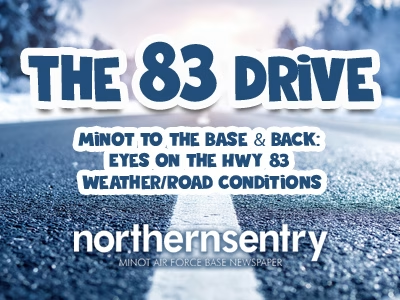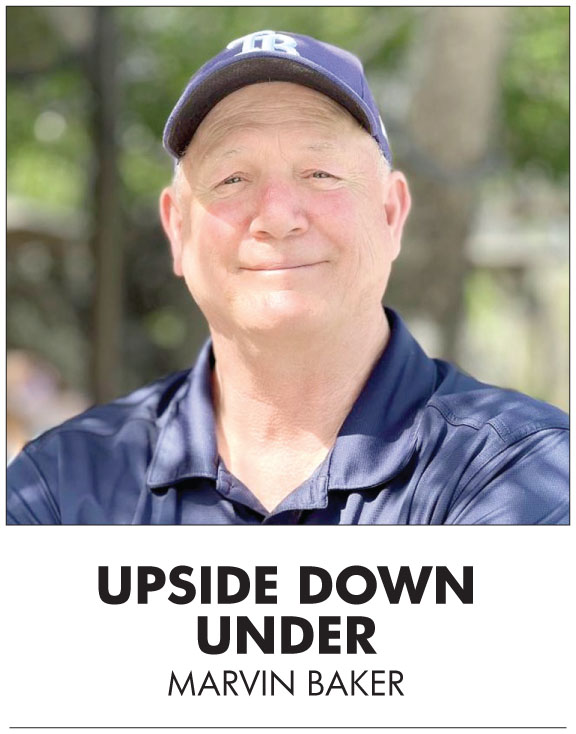
I may have shared with you that I began my journalism career at a local hometown newspaper. Perhaps I was around 10 years old when the publisher would catch me on my bike and offer me a quarter, or it could have even been a nickel, to sweep the floors and haul out the trash. As I can remember there was a lot of newspaper scraps on the floor and crumpled up pieces of paper in the trash cans.
There were a couple of desks with these odd looking machines on them…I would soon learn they were typewriters. I took an interest in one of the reporters as he was punching what seemed to be random keys on these machines to create words. Next to his typewriter was what looked like chicken scratching. Later down the road I would learn this was shorthand, a kind of hieroglyphic form of creating a news story document.
Typewriters, of course, would take a revolutionary path through the 60’s, 70’s and even into the 80’s. In general, typewriters became a lot smaller than these metal monsters on the desks of the reporters at the Maddock Standard. Our first typewriter at home was blue in color, as I remember it, and quite a bit smaller; and yes, it was still a manual typewriter, which meant you had to really push down hard on the keys to create a typewritten document.
But now a quick digression to the Maddock Standard. All of those crumpled up sheets of paper in the waste baskets? Well, those were news, or sports stories gone wrong. I would watch the reporters as they would write (or type) their way into a corner and with the flip of their wrist remove a sheet of paper from their typewriter, crumple it up and quickly toss it into the waste basket. No white out or erase tape here. From what I could tell from my stool where I would stop to take a short rest, no story was completed without a termination. A termination? That would normally be a few terse words and then the ripping sound of a sheet of paper being torn from the typewriter.
I didn’t work very long at the Maddock Standard, however my older brother did…but he once told me that when the newspaper closed they hauled most of those front line, manual, non-correcting typewriters to the city dump west of town. I have often seen typewriters in museums that resembled those typewriters at the Maddock Standard. And you know what? We had a few of them in our typewriter lab at Maddock High School where I took my first typing class.
Somewhere in my high school days, the Maddock High School purchased new typewriters… They were not only electric, but gone was the row of metal bars with letters attached that actually did the typing. They were replaced with a ball that rotated and printed a letter once you hit a key. Amazing!
Over the 50 plus years of my Journalism career I would encounter at least 20 more “newest & best” typewriters, the last having a key that allowed you to just kind of back space and erase what you just typed. You could literally erase an entire line of misguided print. But really, you still could write yourself into a corner on an article or story and the wrist rip and crumple motion became your only option.
So why this walk down memory lane? My granddaughter, who is 8 years old, accompanied her dad to work one day at The Lights complex in West Fargo. Scheduled to go on the stage at The Lights this summer is the Broadway play “Newies”. If you are not familiar with Newsies, it is about newspaper boys who deliver papers in New York and consequently go on strike.
As one would expect, there would be a typewriter on the set of Newsies, which would lead my granddaughter to question her Dad as to just what this machine is? Without a whole lot more of written rhetoric, let’s just say that from the back room of the Maddock Standard to the text messaging, (and several of our Northern Sentry reporters have used their cell phone text message features to write articles) phones of today has been quite a leap. One day Addely and I will have to sit down and talk about “what BePa does for a living.” In the meantime, we booked our tickets to Newsies and the typewriter on set surely won’t be a question to me…
Maybe You Should…
Think about attending Military Days at Fort Stevenson State Park south of Garrison. Frontier Military Days at Fort Stevenson State Park will be held on June 28th and 29th. The event will take place from noon to 4:00 PM both days on the Guardhouse Interpretive Center lawn. It’s a free event open to the public, offering a glimpse into 1870s military life. There’s a lot to do and see, but the highlight each day for me is the firing of the cannon at 12:00 Noon and 3:30 PM. All events are free with a vehicle pass to the park.
Today’s Chuckle
Life is a journey. It’s just that some take the interstate while the rest of us discover all the dead ends.











